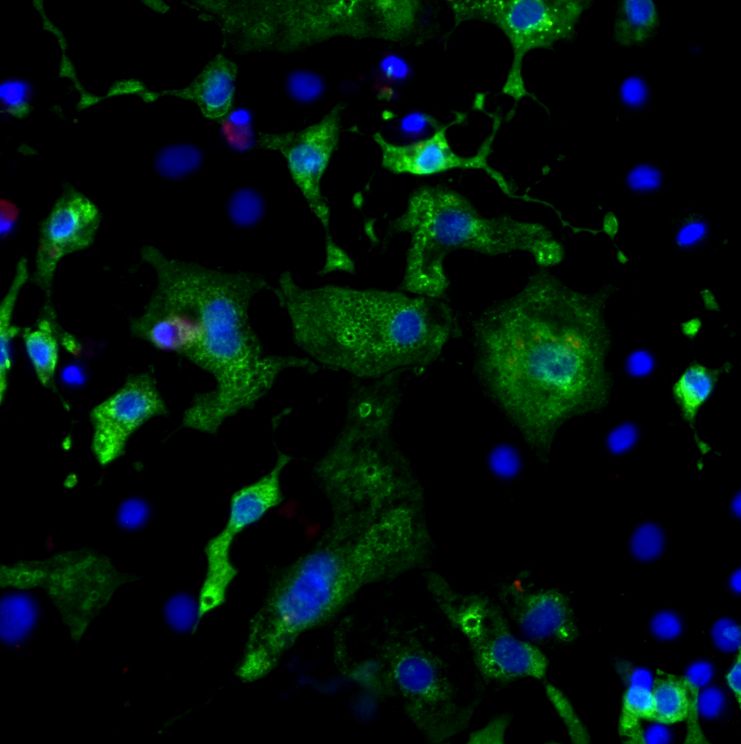

Since the COVID-19 pandemic, the idea of using mRNA in vaccines has garnered universal attention. Messenger RNA, also known as mRNA, can translate the genetic information stored in DNA into proteins. However, these protein-coding RNAs actually represent only a very small portion of the human transcriptome. The majority of RNAs are actually classified as noncoding RNAs (ncRNAs); these are functional RNA molecules that regulate a wide range of biological processes. Now, a new class of ncRNAs has come to join known forms such as microRNAs (miRNAs) and long noncoding RNAs (IncRNAs): closed, ring-shaped RNA molecules known as circular RNAs (circRNAs). Scientists identified these molecules by applying new bioinformatic high-throughput analysis methods in transcriptome sequencing.
Although every cell contains thousands of circular RNAs, we have yet to discover what their functions are for the most part. However, because of their ability to interact with other biomolecules such as miRNAs, mRNAs and proteins, more and more experts are coming to view circRNAs as important regulators of gene expression that play a fundamental role in the emergence of diseases. These molecules can be turned on or off using recombinant circRNAs or antisense oligonucleotides, which means that they could be an innovative starting point for the development of new therapeutic strategies.
Researchers participating in the RNA Therapeutics platform by the Fraunhofer Cluster of Excellence Immune-Mediated Diseases CIMD are studying circRNAs in human cardiomyocytes from patients that have experienced a SARS-CoV-2 infection. The SARS-CoV-2 virus severely attacks cardiomyocytes as much as lung cells and research has shown that underlying cardiovascular conditions are associated with a sharply increased risk of serious or fatal cases of COVID-19. The research team has already identified a number of circRNAs that seem to play an important role in SARS-CoV-2 infection of cardiomyocytes. Using inhibitory antisense oligonucleotides for targeted silencing of a specific circRNA, which the team has dubbed “circCOV-1,” led to a significant reduction in viral load. At present, the scientists are conducting mechanistic studies to determine whether inhibiting circCOV-1 prevents SARS-CoV-2 from entering the cell or whether it disrupts the virus’ replication within cardiomyocytes.
 Fraunhofer Institute for Toxicology and Experimental Medicine
Fraunhofer Institute for Toxicology and Experimental Medicine